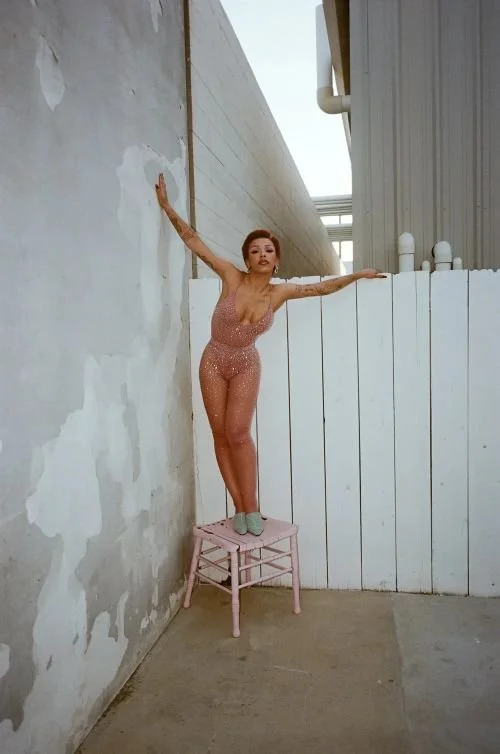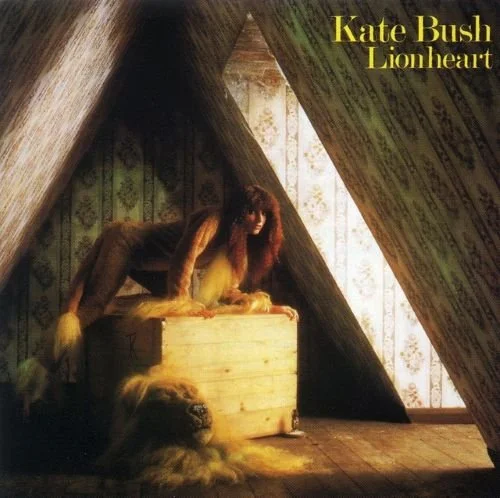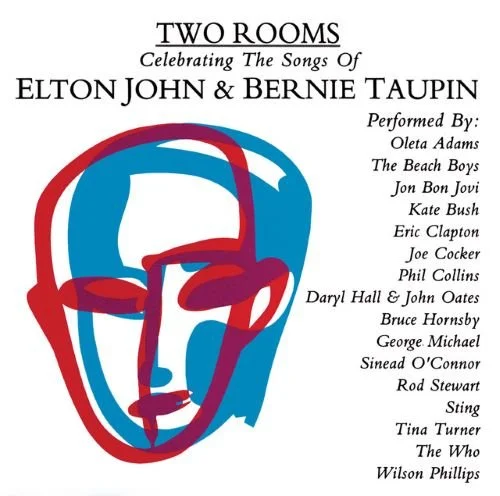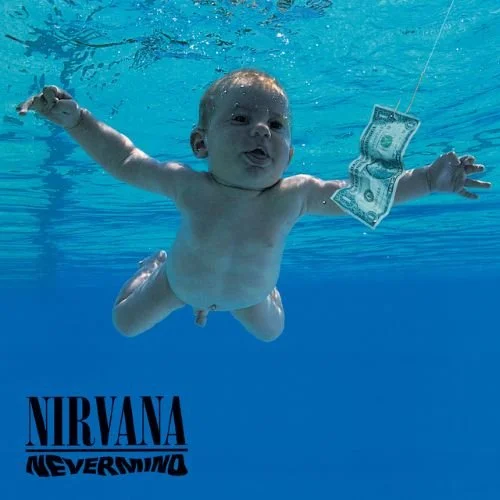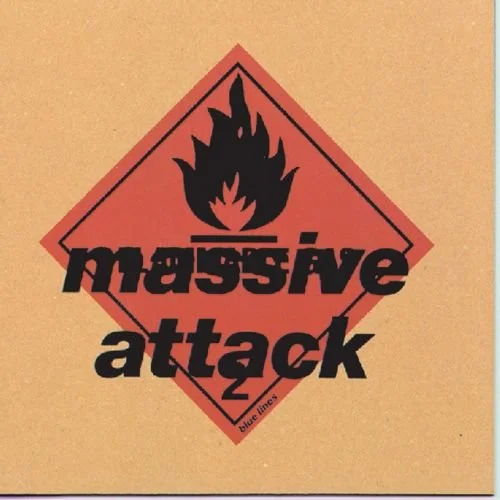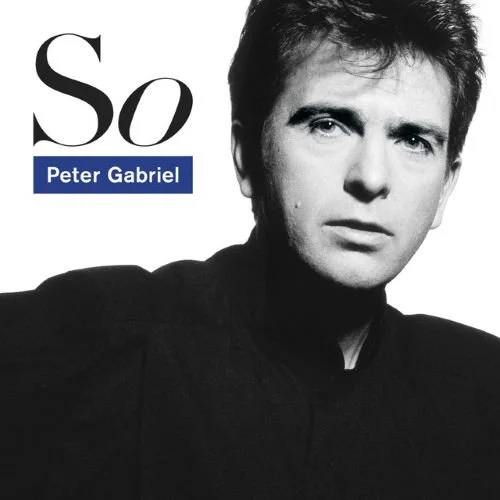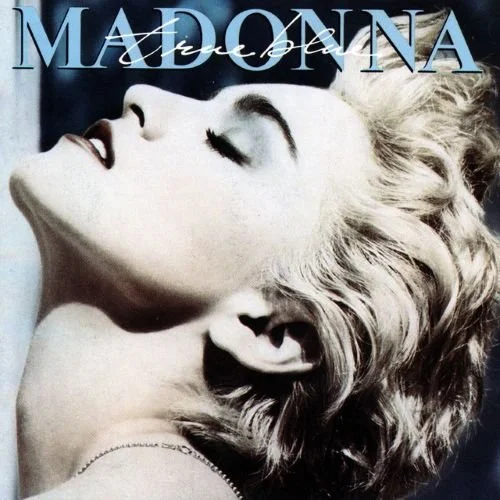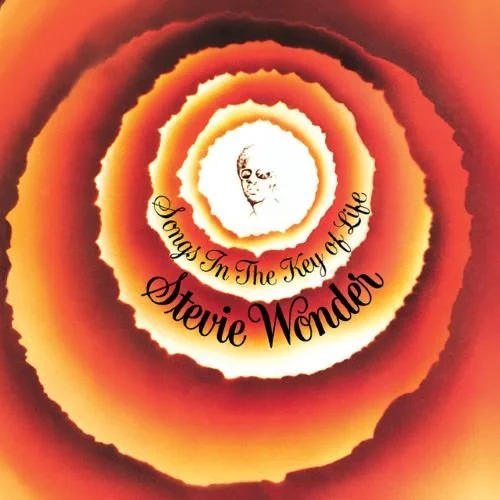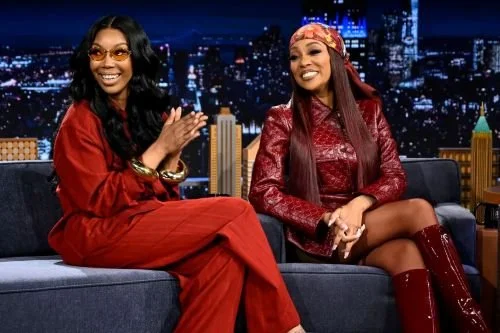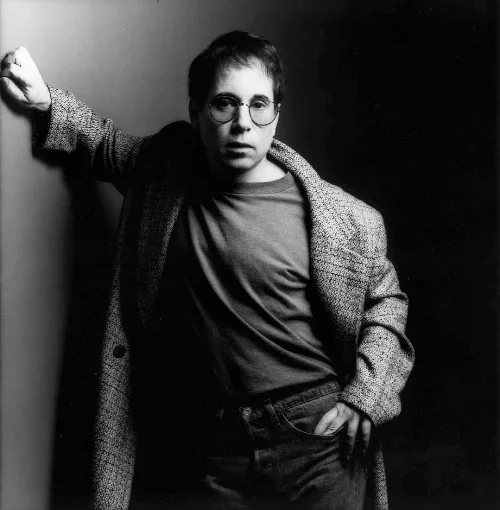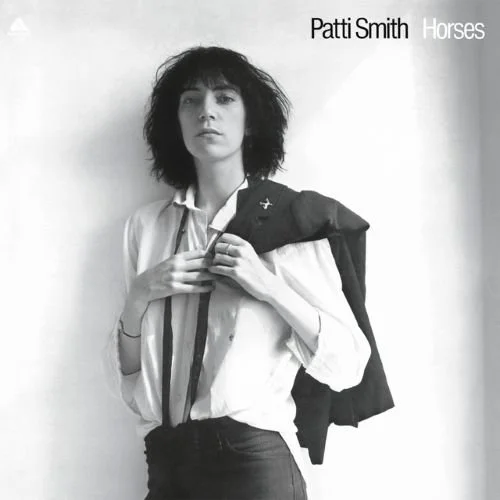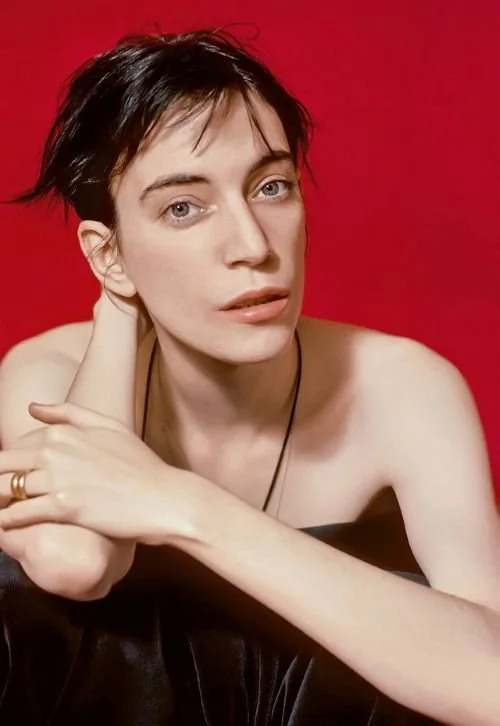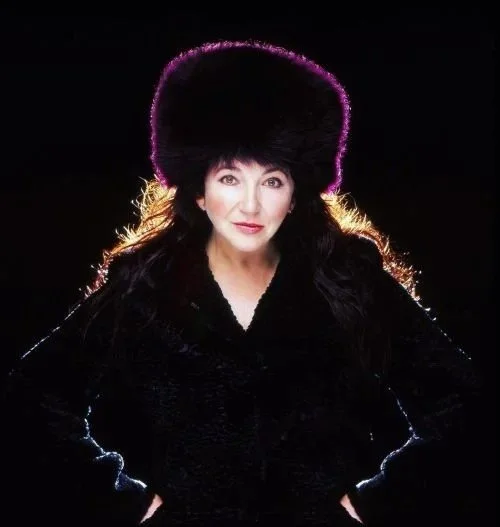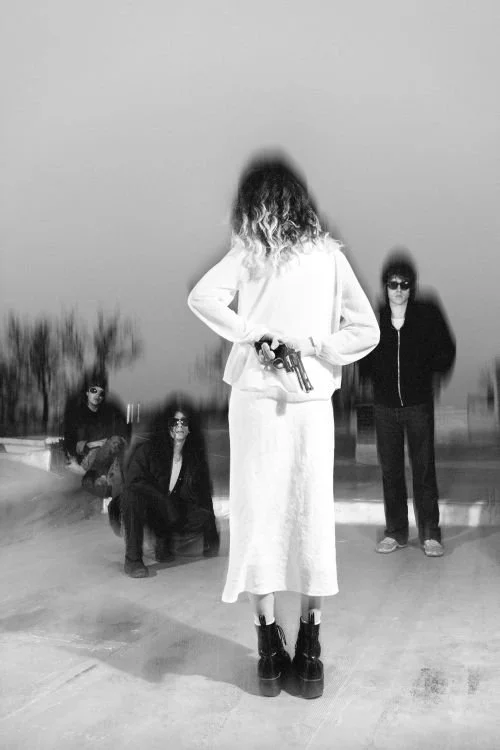FEATURE:
Kate Bush’s Aerial at Twenty
IN THIS PHOTO: Kate Bush in 2005/PHOTO CREDIT: Trevor Leighton
Ranking the Sixteen Tracks
__________
IT may seem…
like sacrilege or wrong to see Aerial’s A Sky of Honey as nine separate tracks instead of a continuous piece, as Kate Bush would have wanted. The original Aerial, released on 7th November, 2005, had two discs. The second of the double album, A Sky of Honey, was separated into a run of tracks. A later release then had A Sky of Honey as a single flowing suite. I am obviously not going to include any audio with Rolf Harris on it. He was The Painter on the original An Architect's Dream and A Painter’s Link. His vocal was rerecorded by Bush’s son, Bertie. However, the nine tracks and moments on A Sky of Honey have their own personality and place. As do the seven tracks on the first disc, A Sea of Honey. A collection of songs that seem to summon images of the deep and water. The second disc about the lightness and expanse of what is above. Nature and the full scope and potential of the natural world explored by Kate Bush. In 2021, I ranked the seven tracks from A Sea of Honey, but I will expand on that. My ranking for A Sea of Honey will also be different. As Aerial turns twenty on 7th November, this anniversary feature is me ranking the sixteen tracks. You might disagree with the order – and I have changed my mind through the years -, so let me know how you would order things…
___________
SIXTEEN: The Painter’s Link
Track Number: Eleven
About:
“Versions
There is only one studio version of this song.
A live version appears on the album Before The Dawn.
Performances
The song was performed live as part of Kate’s Before The Dawn shows in London, 2014.
Lyrics
The painter:
It’s raining
What has become of my painting
All the colours are running
The chorus:
So all the colours run
So all the colours run
See what they have become
A wonderful sunset” – Kate Bush Encyclopedia
FITEEN: Pi
Track Number: Two
About:
“I really like the challenge of singing numbers, as opposed to words because numbers are so unemotional as a lyric to sing and it was really fascinating singing that. Trying to sort of, put an emotional element into singing about…a seven…you know and you really care about that nine. I find numbers fascinating, the idea that nearly everything can be broken down into numbers, it is a fascinating thing; and i think also that we are completely surrounded by numbers now, in a way that we weren’t you know even 20, 30 years ago we’re all walking around with mobile phones and numbers on our foreheads almost; and it’s like you know computers…
I suppose, um, I find it fascinating that there are people who actually spend their lives trying to formulate pi; so the idea of this number, that, in a way is possibly something that will go on to infinity and yet people are trying to pin it down and put their mark on and make it theirs in a way I guess also i think you know you get a bit a lot of connection with mathematism and music because of patterns and shapes…
Ken Bruce show, BBC Radio 2, 31 October 2005” – Kate Bush Encyclopedia
Standout Lyrics:
“Sweet and gentle and sensitive man
With an obsessive nature and deep fascination
For numbers
And a complete infatuation with the calculation
Of π”
FOURTEEN: Joanni
Track Number: Six
Review:
“The bad news is…well, there isn’t really any bad news, unless you were expecting K. Bush to take on W. Bush—the closest we get to war imagery is “Joanni,” a song about Joan of Arc. Instead, raising her family informs most of the record” – SLANT
Standout Lyrics:
“Elle parle à Dieu et aux anges
Dans ses prières
Venez Sainte Catherine
Venez Sainte Marguerite
Elle a besoin de vous de
Les voix, les voix du feu
Chantent avec ma petite soeur
Les voix, les voix, les voix”
THIRTEEN: An Architect’s Dream
Track Number: Ten
Versions
“There are two studio versions of this song. The original studio version, included on the album Aerial, features Rolf Harris as the painter. In the remastered version, released in 2018, his voice is replaced by Kate’s son Bertie’s, taken from a live performance of the song.
A full live version appears on the album Before The Dawn.
Performances
The song was performed live as part of Kate’s Before The Dawn shows in London, 2014” – Kate Bush Encyclopedia
Standout Lyrics:
“Curving and sweeping
Rising and reaching
I could feel what he was feeling
Lines like these have got to be
An architect’s dream”
TWELVE: Somewhere In Between
Track Number: Fourteen
Review:
“In contrast to the dark and unsettling The Ninth Wave, Bush’s second great song-cycle, Aerial’s A Sky of Honey, is glowing and blissful: a summer’s day condensed into 42 minutes of music. It includes the utterly gorgeous and, it has to be said, profoundly stoned-sounding Somewhere in Between, which perfectly captures dusk slowly settling” – The Guardian
'What kind of language is this?' Kate Bush sings, self-interrogatively, on the title track, the last of the album. It's a good question, to which she offers a partial answer on 'Somewhere in Between', which in ambition and content is where most of the songs on this album are suspended - somewhere in between the tighter, more conventional structures of pop and the looser, less accessible arrangements of contemporary classical and the avant-garde; somewhere, in mood and atmosphere, between the lucidity of wakefulness and the ambiguity of dream; between the presumed innocence of childhood and the desire for escape offered by the adult imagination; between abstraction and the real” – The Guardian
Standout Lyrics:
“Somewhere in between
The waxing and the waning wave
Somewhere in between
The night and the daylight
Somewhere in between
The ticking and the tocking clock
Somewhere in between
What the song and the silence say”
ELEVEN: How to Be Invisible
Track Number: Five
About:
“In an effort to avoid dreary literary jargon, I’d like to applaud the unexpected delights that are Kate’s symbols. Take, for example, “How to Be Invisible,” with its “Eye of Braille/Hem of Anorak/Stem of Wallflower/Hair of Doormat.” Unorthodox, contradictory, and yet totally applicable to the socially invisible. Reading this piece, I physically felt the lines, “Take a pinch of keyhole/And fold yourself up/You cut along the dotted line/You think inside out.” I believe I have folded into myself before and, with self-loathing, “cut along the dotted line.” Haven’t we all?” – Living Life Fearless
Standout Lyrics:
“I found a book on how to be invisible
Take a pinch of keyhole
And fold yourself up
You cut along the dotted line
You think inside out
And you’re invisible
Eye of Braille
Hem of anorak
Stem of wallflower
Hair of doormat”
TEN: Prelude
Track Number: Eight
About:
“Versions
There is only one studio version of this song.
A live version appears on the album Before The Dawn.
Performances
The song was performed live as part of Kate’s Before The Dawn shows in London, 2014.
Lyrics
Mummy…
Daddy…
The day is full of birds
Sounds like they’re saying words
Credits
Keyboards: Kate
The Sun: Bertie” – Kate Bush Encyclopedia
NINE: King of the Mountain
Track Number: One
Versions:
“There is only one official version of ‘King Of The Mountain’: the album version, which was also released as a single. However, there are a few unofficial remixes of the track, all issued in 2005 on bootleg 12″ singles.
A live version appears on the album Before The Dawn” – Kate Bush Encyclopedia
Standout Lyrics:
“Another Hollywood waitress
Is telling us she’s having your baby
And there’s a rumour that you?re on ice
And you will rise again someday
And that there’s a photograph
Where you’re dancing on your grave”
Review:
“There’s my idea of taking a break and there’s your idea of taking a break. And then there’s Kate Bush’s idea of taking a break. The wandering enigma of British pop has been gone for twelve years. Which means the last time we saw Kate Bush was in the nineties – and let’s be honest, who can remember them?! (I can actually remember them very well, but that last bit scans rather nicely dontchathink?)
So what on Emily Bronte’s misty earth has she been up to for the last twelve years? Well, I imagine she’s been raising a family and proba…yadda, yadda, yadda – who gives an arse? She’s got a new album coming out. She’s called it ‘Aerial’. And ‘King Of The Mountain’ is the first indication that it might be as ace as we hoped it would be.
For a while, I always thought that Kate Bush was taking the piss when she sang. Either that or she was celebrating her release from the mental asylum by screaming at passers-by, then softly informing them that she has a house on top of the hill that they simply must visit because the garden path is made of swords and the kitchen is run by the trees. Of course, that was then. Now, having actually listened beyond ‘Wuthering Heights’, I’d stick her up their with the very best. So apart from the remarkable voice, why do folk dig The Bush? Thankfully, some answers can be found in ‘King Of The Mountain’. Sort of. A slow-burning reggae groove, peculiar lyrics, electronic phasing, tribal pulsing and a shuddering, vintage vocal are all in there. She also talks of “the wind whistling” – which in a Kate Bush track, can only be a good thing. Thing is, the track doesn’t really go anywhere and if the lady herself wasn’t singing it could be considered terribly dull. Still, the pastoral princess returneth – Yeth!” – Drowned in Sound
EIGHT Sunset
Track Number: Twelve
Review:
“'A Sky of Honey' is music of pagan rapture - songs about acts of creation, natural or otherwise; about the wind, rain, sunlight and the sea. Sometimes it is just Kate alone at her piano, her voice restrained.
Sometimes, as on the outstanding 'Sunset', she begins alone and softly, but soon the tempo quickens and the song becomes an experiment in forms: jazz, progressive rock, flamenco” – The Guardian
Standout Lyrics:
“Who knows who wrote that song of Summer
That blackbirds sing at dusk
This is a song of colour
Where sands sing in crimson, red and rust
Then climb into bed and turn to dust
Every sleepy light
Must say goodbye
To the day before it dies
In a sea of honey
A sky of honey
Keep us close to your heart
So if the skies turn dark
We may live on in
Comets and stars”
SEVEN: Bertie
Track Number: Three
About:
“He’s such a big part of my life so, you know, he’s a very big part of my work. It’s such a great thing, being able to spend as much time with him as I can. And, you know, he won’t be young for very long. And already he’s starting to grow up and I wanted to make sure I didn’t miss out on that, that I spent as much time with his as I could.
So, the idea was that he would come first, and then the record would come next, which is also one reasons why it’s taken a long time (laughs). It always takes me a long time anyway, but trying to fit that in around the edges that were left over from the time that I wanted to spend with him.
It’s a wonderful thing, having such a lovely son. Really, you know with a song like that, you could never be special enough from my point of view, and I wanted to try and give it an arrangement that wasn’t terribly obvious, so I went for the sort of early music… (Ken Bruce show, BBC Radio 2, 3 November 2005)” – Kate Bush Encyclopedia
Standout Lyrics:
“Sweet kisses
Three wishes
Lovely Bertie
The most wilful
The most beautiful
The most truly fantastic smile
I’ve ever seen”
SIX: A Coral Room
Track Number: Seven
About:
“There was a little brown jug actually, yeah. The song is really about the passing of time. I like the idea of coming from this big expansive, outside world of sea and cities into, again, this very small space where, er, it’s talking about a memory of my mother and this little brown jug. I always remember hearing years ago this thing about a sort of Zen approach to life, where, you would hold something in your hand, knowing that, at some point, it would break, it would no longer be there - Front Row, BBC4, 4 November 2005” – Kate Bush Encyclopedia
Standout Lyrics:
“My mother and her little brown jug
It held her milk
And now it holds our memories
I can hear her singing
“Little brown jug don’t I love thee”
“Little brown jug don’t I love thee”
Ho ho ho, hee hee hee”
FIVE: Aerial Tal
Track Number: Thirteen
About:
“Versions
There is only one studio version of this song.
A live version appears on the album Before The Dawn.
Performances
The song was performed live as part of Kate’s Before The Dawn shows in London, 2014.
Credits
Keyboards and Vocals: Kate” – Kate Bush Encyclopedia
FOUR: Prologue
Track Number: Nine
About:
“Versions
There is only one studio version of this song.
A live version appears on the album Before The Dawn.
Performances
The song was performed live as part of Kate’s Before The Dawn shows in London, 2014.
Cover versions
‘Prologue’ was covered by Göteborgs Symfoniker” – Kate Bush Encyclopedia
Standout Lyrics:
“Oh so romantic, swept me off my feet
Like some kind of magic
Like the light in Italy
Lost its way across the sea…
Roma Roma mia
Tesoro mio, bella
Pieno di sole luce
Bali cozi bene, bene
Pianissimo
Pianissimo”
THREE: Aerial
Track Number: Sixteen
About:
“It would be fanciful to claim ‘Aerial’ as definitively club-friendly. A multi-faceted work ranging over reggae, pop, rock, flamenco, renaissance madrigal and icy synthetics, it’s too immersive, too elusive, too damned expansive to be entirely one thing. Yet a unifying ambience threads its way through the music. ‘Pi’ is chill-out prog, with murmuring electronics and a spacey synth wash. ‘Joanni’, with its trip hop indebted beats, squelchy funk groove and trippy strings, nods to the Bristol-centric sounds of ‘Unfinished Sympathy’ and ‘Man Child’. The beginning of ‘Somewhere In Between’, where the rhythm mimics drum’n’bass, could actually be Massive Attack, with Bush doing a guest turn a la Tracy Thorn or Liz Fraser.
These clues pave the way for the album’s climax, where things turn positively Balearic; albeit, Balearic, Devon-style. In the final 25 minutes of ‘Aerial’, Bush proves that she understands the key tenets of dance music, the upward arc, the competing tensions of build and release. We find her, in her mid-40s, blissed-out, ecstatic, rapturous, climbing to the top of world. As she sings as the album rushes towards its finale: ‘We become panoramic!
At first, the mood was slow, stoned, dream-like. Then the sultry ‘Sunset’ climbed towards a rattling flamenco climax, Mino Cinélu’s percussive power pushing the song ‘all the way up to the top of the night’, setting up the impossibly thrilling climax of ‘Nocturn’ and ‘Aerial’. Amid bells and birdsong, a new tension informed the music. Over an angry squall of guitar and a heavy artillery of bass and drums, Bush wailed about her ‘beautiful wings’ as the music pushed up and up.
It ended with frenzied chanting and what sounded like an explosion. Listeners to the ‘Before the Dawn’ live album might imagine Bush disappearing in a puff of smoke. In fact, she was hoisted into the air, black wings and all, airborne at last” – Disco Pogo
Standout Lyrics:
“All of the birds are laughing
All of the birds are laughing
Come on let’s all join in
Come on let’s all join in
I want to be up on the roof
I’ve gotta be up on the roof
Up, up high on the roof
Up, up on the roof
In the sun”
TWO: Nocturn
Track Number: Fifteen
About:
“Though the album was recorded elsewhere, ‘A Sky Of Honey’ is redolent of Bush’s second base, a cliff-top house on the South Hams peninsula in Devon, with its own boathouse and private beach. This feels like the locus of a suite which moves from a country garden to the shore, to the Atlantic, birdsong running as a thread through it all.
Having spent much of ‘Aerial’ murmuring through a beguiling sun-flecked idyll, Bush begins to shake us awake as the music climbs higher and the day extends. On ‘Sunset’ the sea turns honeycomb, reflecting the sky as the light begins to change. The music at first floats, then pauses, then surges, becoming a kind of Balearic flamenco. ‘Nocturn’ begins as an ambient chill-out track, reflecting a gentle, pastoral hedonism: ‘We tire of the city,’ purrs Bush. ‘We long for something more.’ Then the beat kicks in and the music begins to build. Bush finally lets fly vocally, switching between a keening sensuality and primal chanting. What’s happening? The sun is coming up, that’s what, and ‘all the dreamers are waking!’ It’s utterly electrifying.
‘Aerial’ strengthened the connection. In 2021, London-based DJ and producer Ranj Kaler reworked ‘Nocturn’, accentuating its Balearic tendencies. “I always loved that track, it had a real Café del Mar kind of feel to it,” he says. “I used to play the original a lot at the beginning of the night. With the remix, I wanted to capture that beachy vibe, going on a journey to the seaside and away from the city. Making it a bit funkier but keeping that melancholic feel.” Does Bush know about it? “I did send a message and I didn’t get anything back!” – Disco Pogo
Standout Lyrics:
“Could be in a dream
Our clothes are on the beach
The prints of our feet
Lead right up to the sea
No one, no one is here
No one, no one is here
We stand in the Atlantic
We become panoramic”
ONE: Mrs. Bartolozzi
Track Number: Four
About:
“Well, I do do a lot of washing [chuckles]. I’m sure I would never have written the song if I didn’t… You know, just this woman, in her house, with her washing. And then the idea of taking the water in the washing machine with all the clothes, and the water then becoming the sea… and I also think there’s something very interesting about clothes. They’re kind of people without the people in them, if you know what I mean? [Kate laughs] They all have our scent, and pieces of us on them, somehow.
Front Row, BBC4, 4 November 2005” – Kate Bush Encyclopedia
“But the one track on Aerial that best bridges the divide between Bush's domestic and creative existences is the haunting piano ballad Mrs Bartolozzi, in which a housewife character drifts off into a nostalgic reverie while watching clothes entwining in her washer-dryer. It's also the one track set to polarise opinion among listeners, with its eerie, unhinged chorus of "washing machine ... washing machine". Bush acknowledges as much.
"A couple of people who heard it early on," she says, dipping a spoon into her avocado, "they either really liked it or they found it very uncomfortable. I liked the idea of it being a very small subject. Clothes are such a strong part of who a human being is. Y'know, skin cells, the smell. Somebody thought that maybe there'd been this murder going on, I thought that was great. I love the ambiguity” – The Guardian
Standout Lyrics:
“I watched them going ’round and ’round
My blouse wrapping itself around your trousers
Oh the waves are going out
My skirt floating up around my waist
As I wade out into the surf
Oh and the waves are coming in
Oh and the waves are going out”






